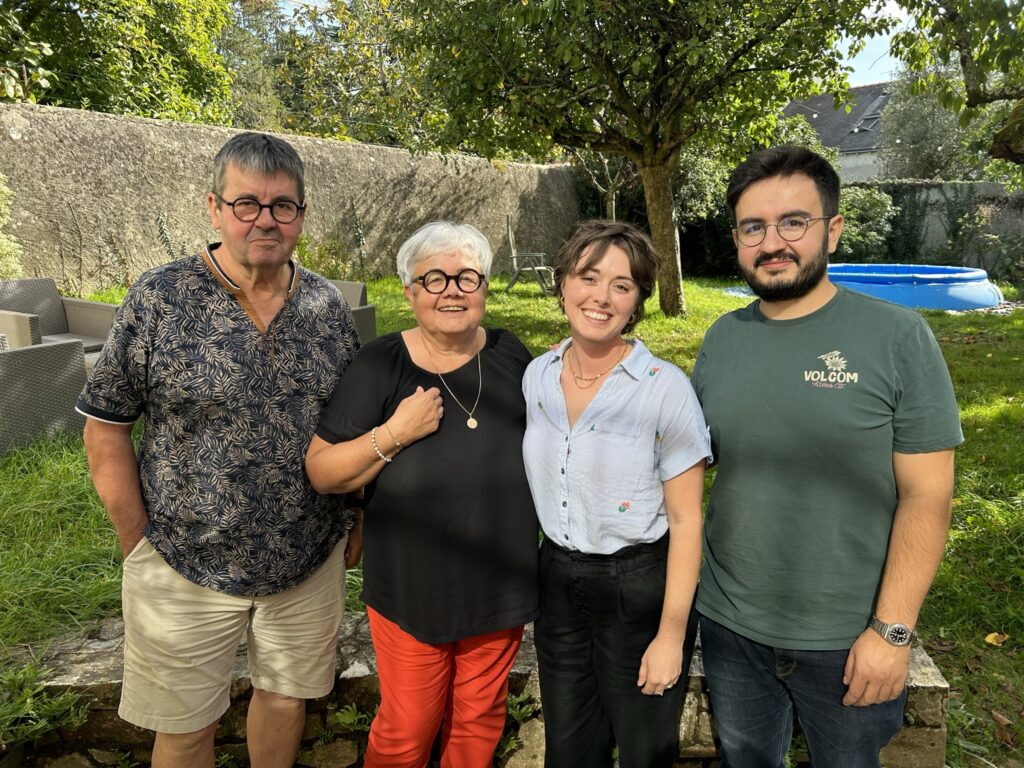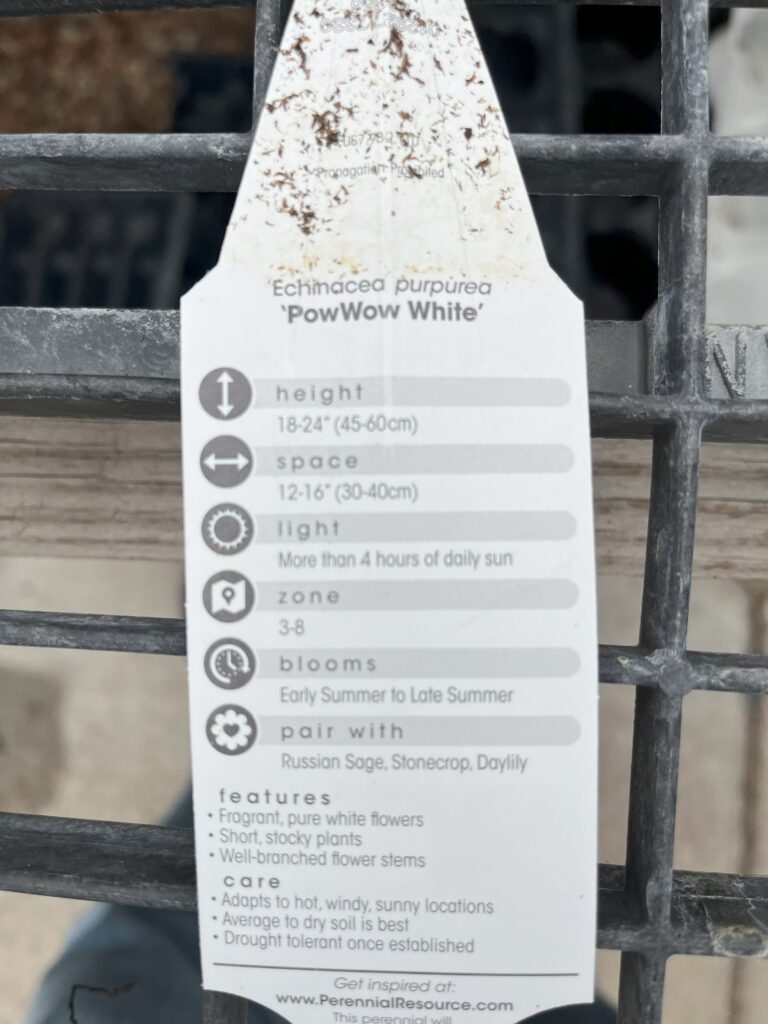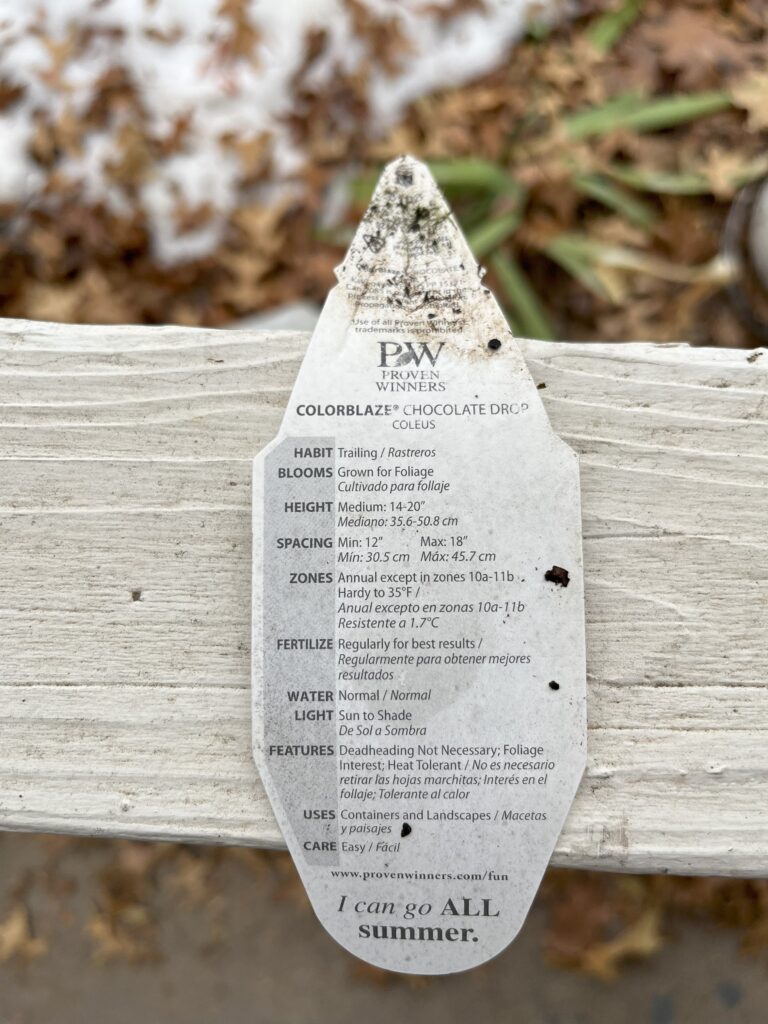Nantes is not one of the more famous locations in France. It has a major port and lots of commerce, and vacationers often pass it up in favor of all the other more scenic cities. But it is full of history, has a walkable city center, excellent public transport, and LOTS of greenspace. It is known as the city of 100 parks, with ample access to free and beautifully maintained gardens and greenways. I got to enjoy several of these places on our three-day stay while visiting friends.
Japanese Garden
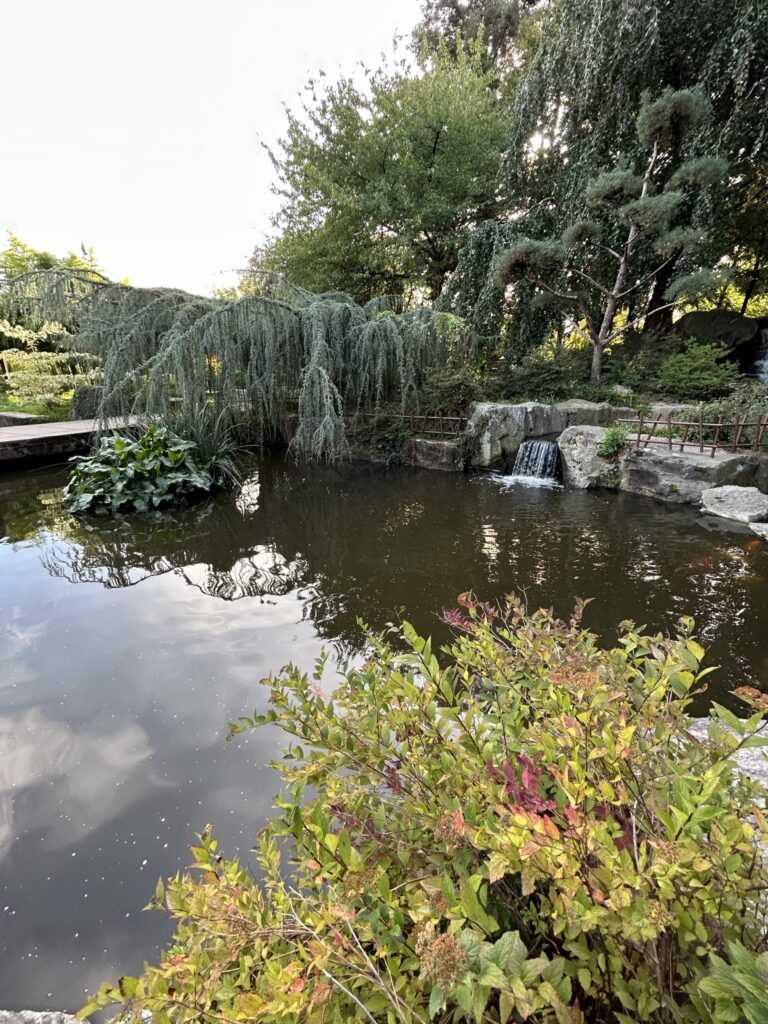
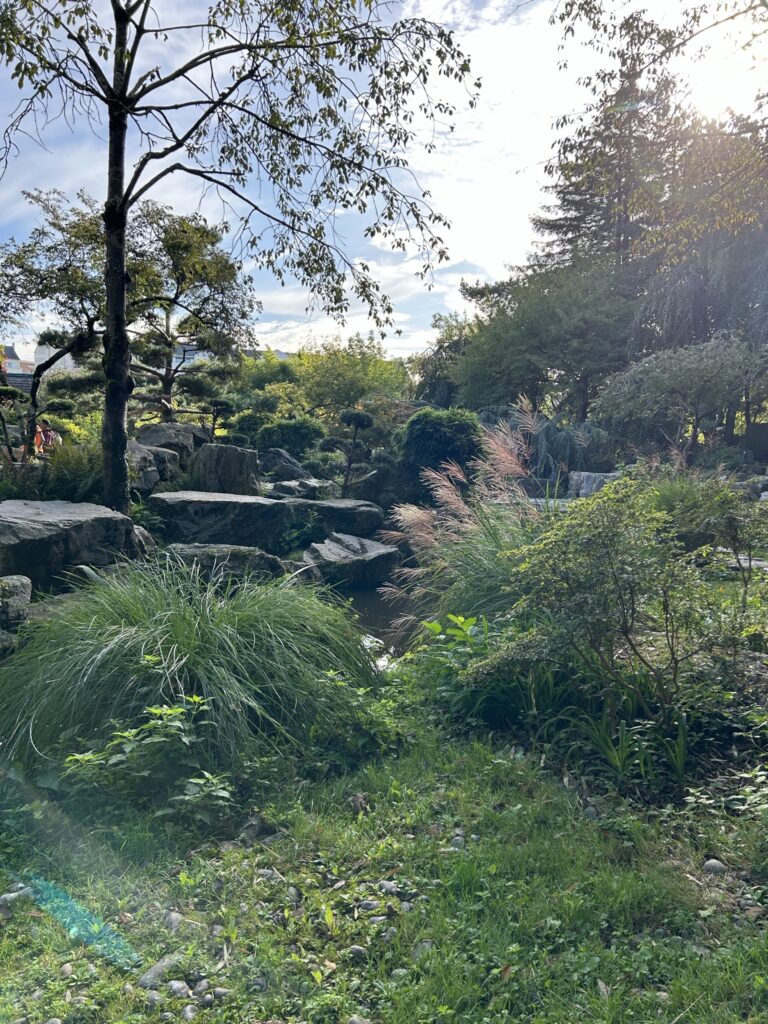

In the middle of Nantes is the river Erdre, and in the river there is an island, and on this island is the Jardin Japonais. The island was made with the mud removed from the river in an 1800s canal project, and though it had many uses through the years, today it is home to cherry trees, rhododendrons, and bamboo. Winding paths lead to tranquil ponds, a small waterfall, and pagoda-style architecture. The principles of Japanese gardening are very different from those of classical European styles. These principles include asymmetry, concealment, miniaturization, and “borrowed” scenery, and they were all on great display on this little island.
Jardin Extraordinaire
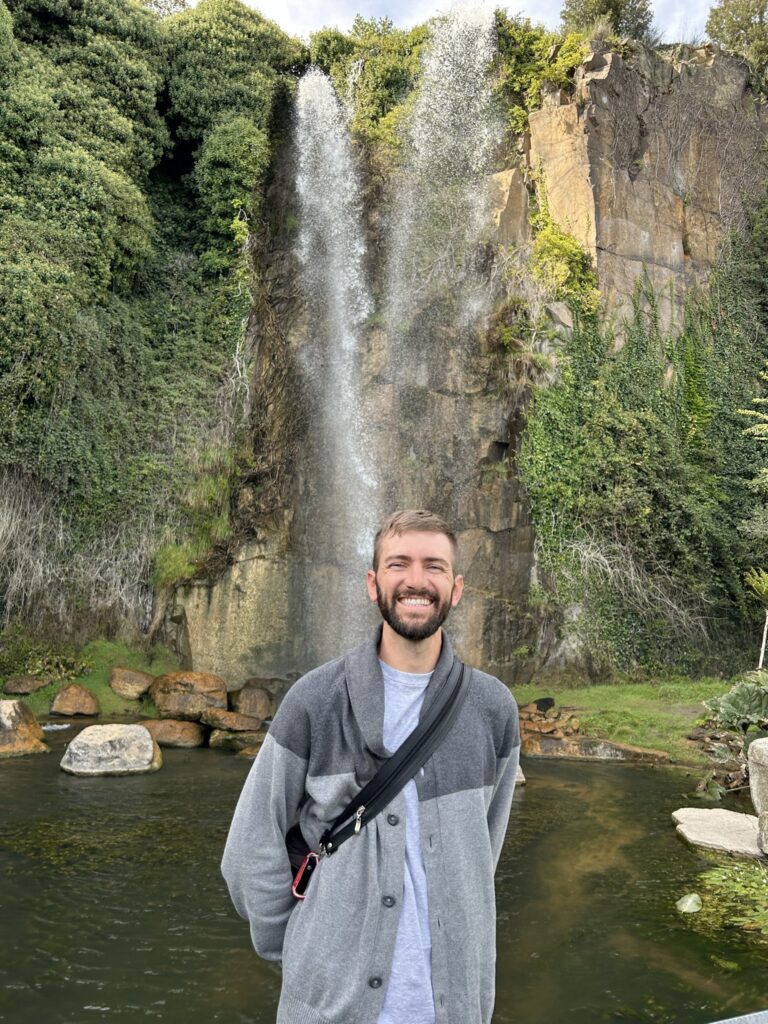

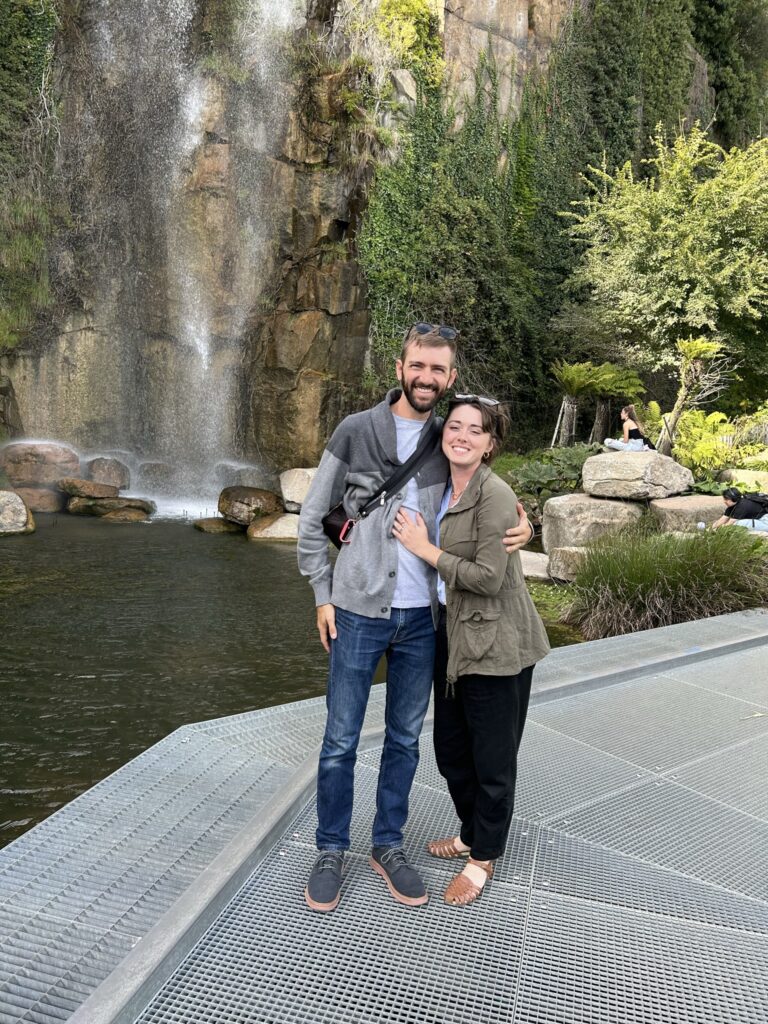
Set inside an abandoned quarry, this garden is bordered by a river on one side and steep granite cliffs on the other. Because of these south facing cliffs catching the sunlight, the garden stays several degrees warmer, on average, than the surrounding area. A perfect microclimate for exotic plants like palms, hibiscus, and banana trees! These tropicals intermingle with ornamental grasses as well as sycamore trees. The garden is luxurious and bizarre, like something out of a storybook. Nantes happens to be the birthplace of author Jules Verne and there are many elements of this city that feel influenced by his eccentric and active imagination. Or perhaps the city influenced Verne!
Jardin des Plantes de Nantes
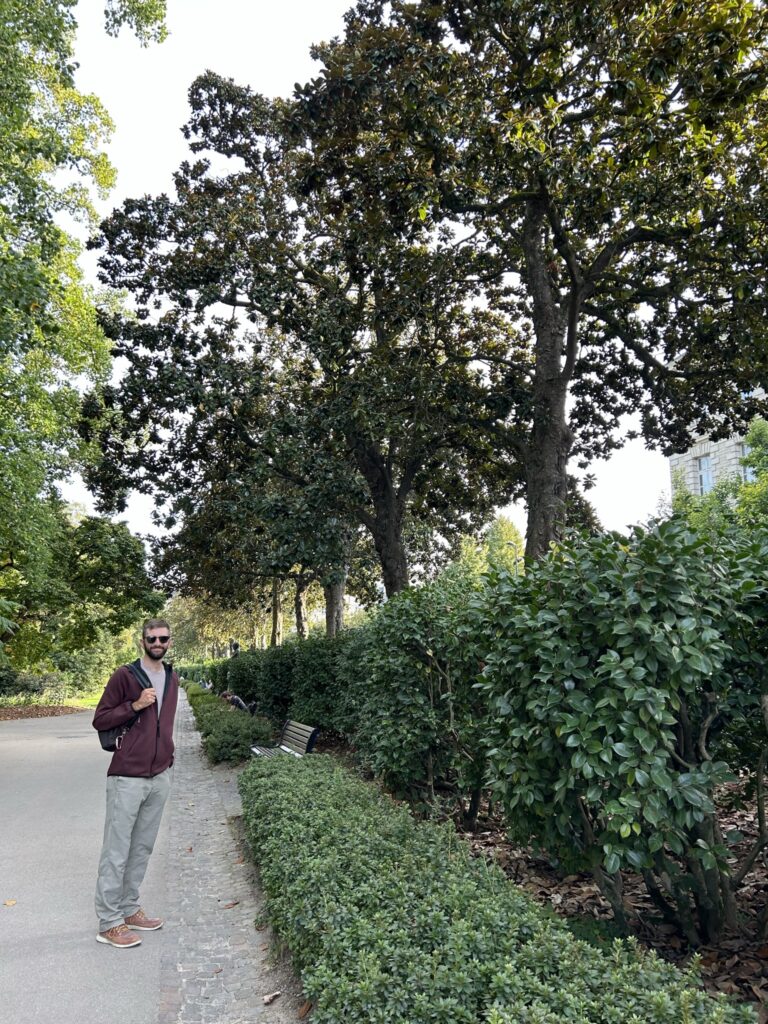
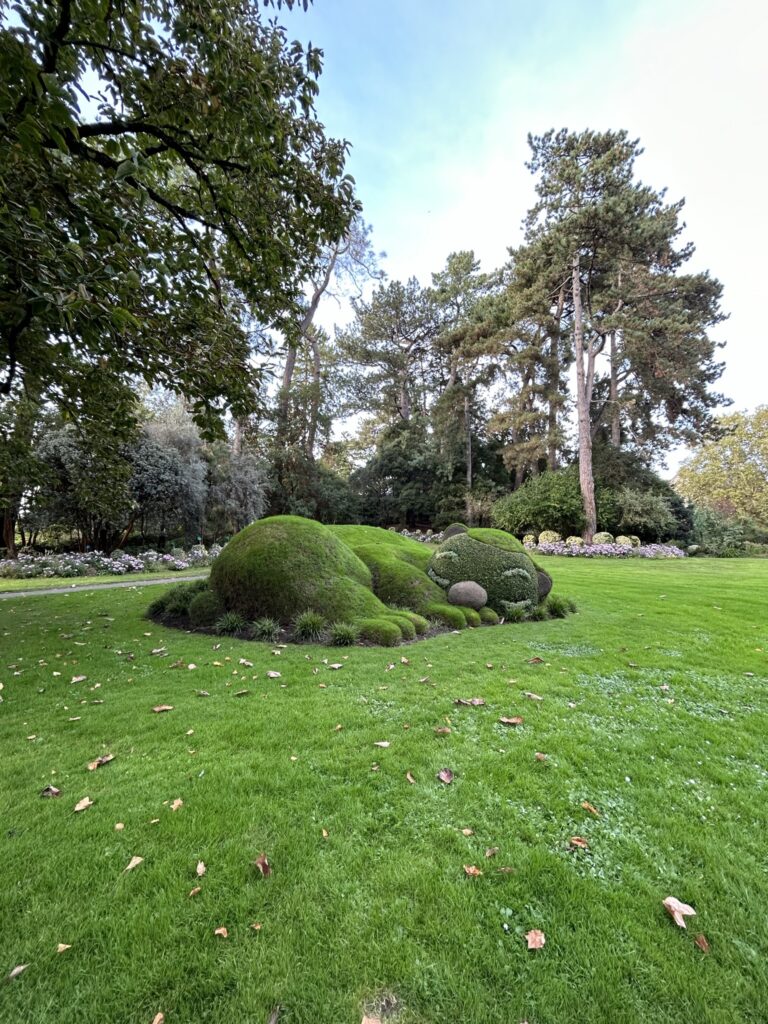
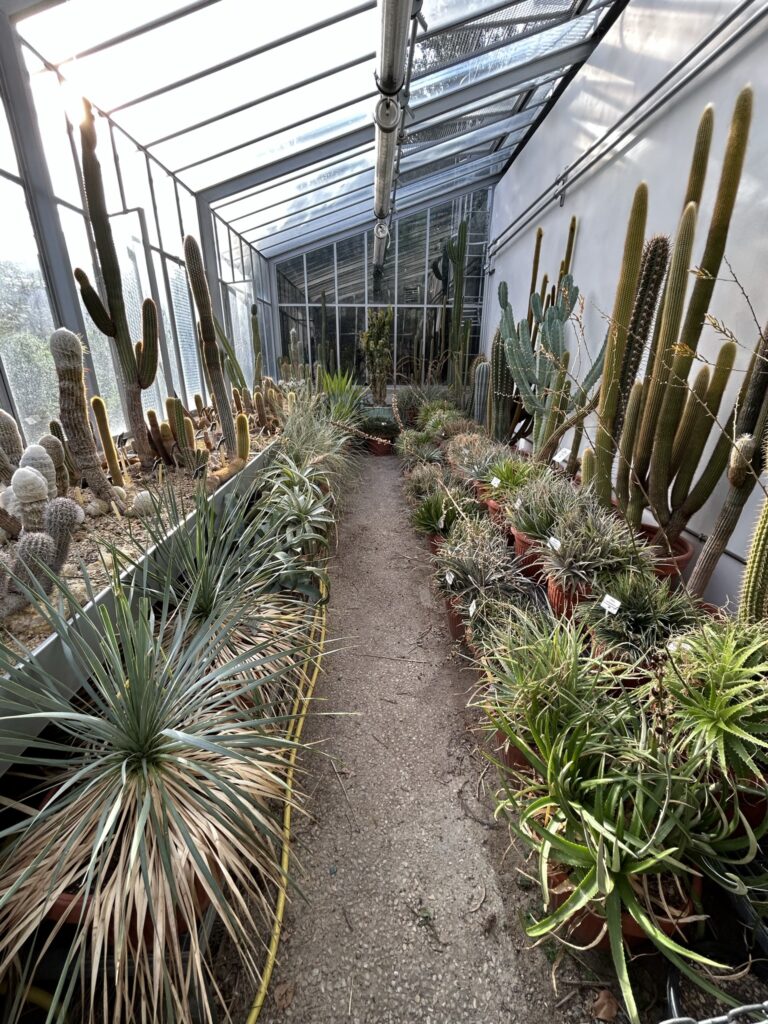
Just like in the US, almost every major city has a Jardin des Plantes, or botanical garden, to explore. Nantes had a lovely and unique collection to explore and we had a relaxing stroll through their greenhouses devoted to tropicals, cactus, orchids, and more. The park stretched on through coniferous forest plantings and opened onto placid duck ponds and lush lawns. The horticulturists there even created grass covered mounds and sculpted them into sleeping figures. Maybe I need to try this at the Arboretum!
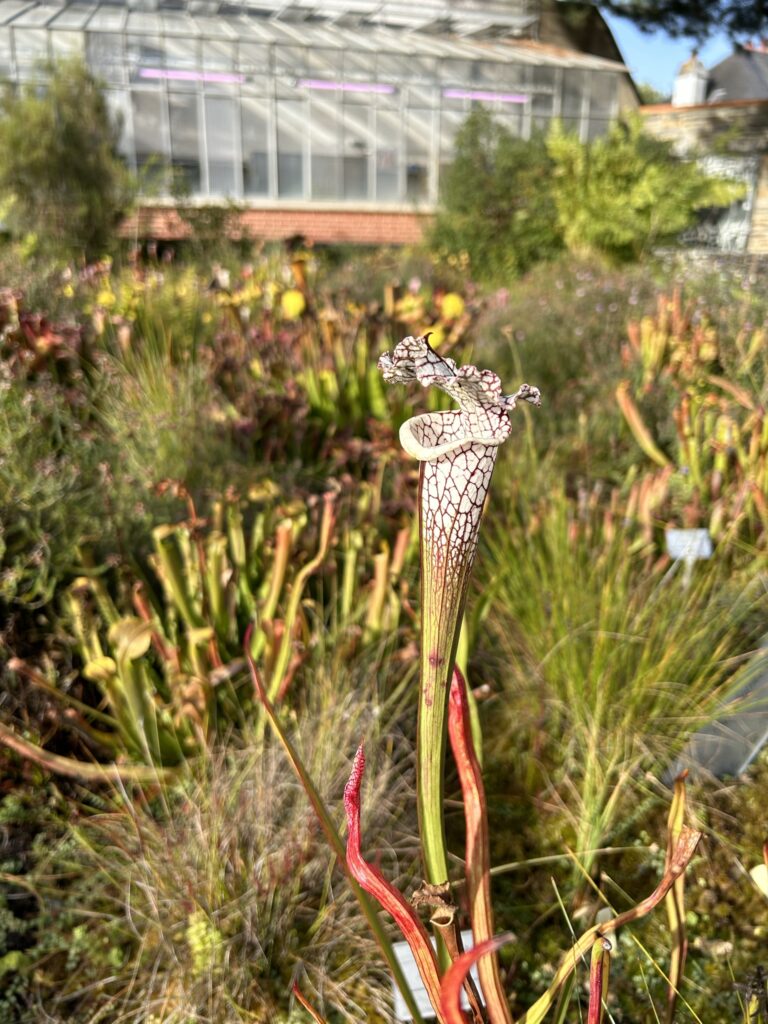
By far the best part of my visit to Nantes was getting to see my host family again. After so many years apart, we had such fun catching up. They were razzing me heartily about my mediocre French pronunciation skills, just like old times!
Nantes is truly an excellent city (maybe the best in France, according to City Monitor) and definitely one to visit if you love gardens, as most are free to enter and can be easily reached by public transit or pedestrian walkways. As we only visited a few of the one hundred parks, I hope to visit again soon and see many more!

